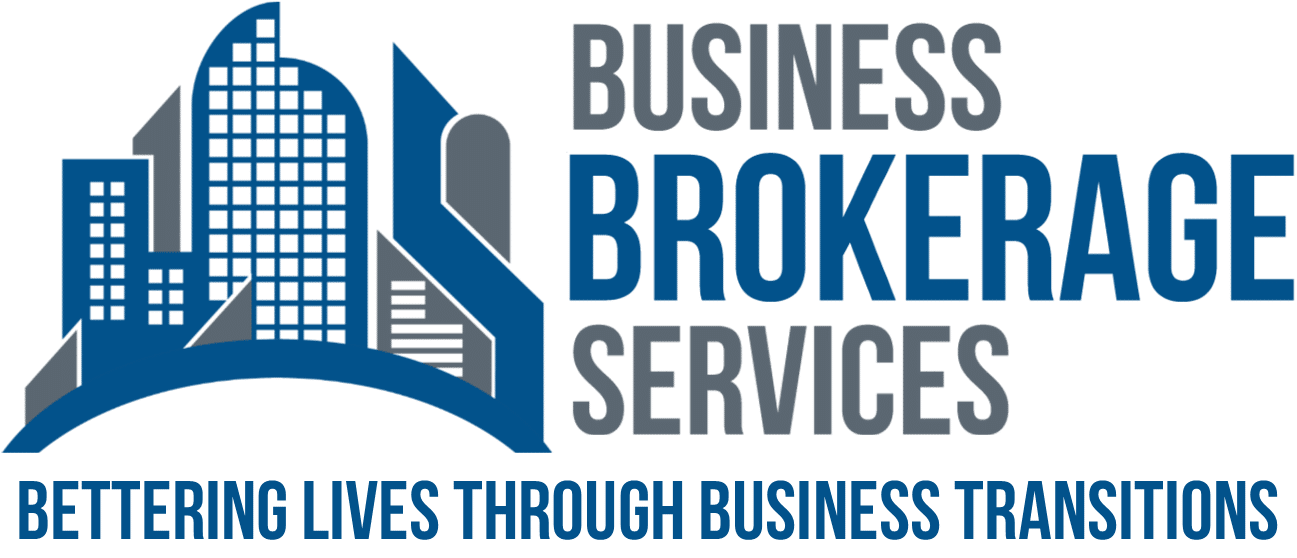In the world of business, opportunities often come in the form of existing ventures ready for new ownership. If you’re considering taking the plunge into buying an existing business, it’s crucial to assess the associated risks comprehensively. In this article, we’ll delve into the key areas to consider when assessing the risk of buying an existing business.
When evaluating the risk of buying an existing business, focus on financial due diligence, operational assessment, market analysis, legal compliance, customer and supplier relationships, employee and management evaluation, reputation, transition planning, financing, and having a clear exit strategy. These key areas will provide you with a comprehensive understanding of the risks and help you make an informed decision.
Key Takeaway:
- Thoroughly reviewing the financial aspects of the business is essential to assess its true value and potential risks.
- Operational assessment helps you gauge the business’s efficiency and the challenges you might face in managing it.
- A deep understanding of the market and industry can help you make informed decisions and adapt to changing circumstances.
- Ensuring legal compliance is crucial to avoid potential legal troubles in the future.
- Strong customer and supplier relationships can be valuable assets that contribute to the business’s stability.
- A capable and motivated team is essential for a smooth transition and successful ownership.
- A carefully planned transition minimizes disruptions and maintains business continuity.
- Proper financial planning ensures you have the resources needed for a successful acquisition.
- An exit strategy provides a long-term perspective and helps safeguard your investment.
Assessing the risks of buying an existing business is a meticulous process that requires expertise and diligence. In the following sections, we’ll delve deeper into each of these areas, providing you with valuable insights and guidance to make an informed decision. Stay with us to navigate this crucial journey confidently.
Key Areas for Confidently Buying an Existing Business
Financial Due Diligence
Financial due diligence is the foundation of a successful business acquisition. Here’s what you need to do:
- Examine financial statements: Analyze profit and loss statements, balance sheets, and cash flow statements to understand the business’s financial health.
- Scrutinize tax records: Ensure that all taxes have been paid and there are no looming tax liabilities.
- Identify red flags: Look for discrepancies or irregularities in the financial records that may indicate potential issues.
By following these steps, you’ll gain a comprehensive understanding of the financial landscape of the business, enabling you to move forward with confidence and minimize risks.
Operational Assessment
Operational aspects are at the core of any business. Here’s how to assess them:
- Review day-to-day operations: Understand the existing processes, workflows, and the roles of key personnel.
- Identify inefficiencies: Pinpoint any operational bottlenecks or areas where improvements are needed.
- Evaluate dependencies: Determine if the business relies heavily on specific individuals for its smooth functioning.
A thorough operational assessment is vital for identifying strengths and areas for improvement within a business.
Market Analysis
Understanding the market is vital for long-term success. Follow these steps:
- Assess market trends: Determine whether the market in which the business operates is growing, stable, or declining.
- Analyze competition: Research competitors and their market share to gauge the level of competition.
- Explore industry dynamics: Stay informed about industry-specific trends and developments.
Conducting a thorough market analysis is essential for grasping the broader business environment. This knowledge not only informs strategic planning but also positions your business to effectively navigate and thrive in its competitive space.
Legal Compliance
Compliance with laws and regulations is non-negotiable. Here’s what to do:
- Review legal documents: Scrutinize contracts, permits, licenses, and agreements to ensure compliance.
- Check for pending legal issues: Investigate whether the business is involved in any lawsuits or unresolved compliance matters.
- Consult legal experts: Seek legal counsel to navigate complex legal aspects.
Ensuring legal compliance is a critical aspect of running a business, it not only protects itself from potential legal risks but also maintains its integrity and reputation in the marketplace.
Customer and Supplier Relationships
Stable relationships are assets. Evaluate them as follows:
- Review customer contracts: Assess the terms and conditions of customer contracts to understand obligations.
- Examine supplier agreements: Ensure that supplier relationships are reliable and sustainable.
- Analyze customer retention: High customer retention rates are indicative of customer loyalty.
This evaluation not only helps in maintaining robust partnerships but also in building a loyal customer base, which is essential for long-term success.
Employee and Management Evaluation
The existing team can make or break a business. Here’s how to evaluate them:
- Identify key employees: Determine who the key personnel are and their plans post-acquisition.
- Assess management effectiveness: Evaluate the performance and leadership of the current management team.
- Consider retention strategies: Plan how to retain crucial employees during and after the transition.
Evaluating the existing team, including key employees and management, is a fundamental aspect of understanding a business’s potential. It ensures that the business continues to thrive during and after any transition. This careful evaluation helps in maintaining continuity, leveraging existing talent, and ensuring overall organizational health.
Reputation Assessment
A good reputation is invaluable, as it significantly impacts its success and growth. Assess it with these steps:
- Investigate community perception: Understand how the business is perceived within its local community.
- Check industry reputation: Research the business’s standing within the industry and among competitors.
- Address any reputational issues: Develop strategies to enhance the business’s reputation if needed.
By thoroughly understanding and actively managing its reputation, a business can strengthen its position in the market, build trust with stakeholders, and create a strong foundation for future endeavors.
Transition Planning
Developing a well-structured transition plan is crucial for a seamless change of ownership or management. Follow these guidelines:
- Develop a clear plan: Create a step-by-step transition plan to ensure a smooth change of ownership.
- Identify potential challenges: Anticipate hurdles and have contingency plans in place.
- Communicate with stakeholders: Keep employees, customers, and suppliers informed throughout the transition.
This thoughtful approach not only facilitates operational continuity but also preserves trust and stability within the organization and its external relationships.
Financing and Capital Requirements
Understanding the financial aspects of the purchase is critical. Do the following:
- Explore financing options: Research various methods, such as loans or investors, to fund the acquisition.
- Determine capital needs: Calculate the amount of capital required to purchase and operate the business.
Financial preparation is key to ensuring a smooth acquisition process and the future stability and growth of the business.
Having a Clear Exit Strategy
Even at the beginning, think about the end. Consider these factors:
- Plan your exit: Decide how you’ll exit the business if circumstances change or you decide to sell.
- Evaluate exit options: Explore different exit strategies, such as selling, passing it on to family, or going public.
This foresight ensures that when the time comes, you can transition out of the business smoothly, maximizing your investment and aligning with your long-term goals.
Empower Your Business Acquisition Journey
By understanding these key areas when assessing the risk of buying an existing business, you’ll be well-prepared to make informed decisions and minimize potential pitfalls. Remember that thorough due diligence and a comprehensive understanding of all aspects of the business are your keys to success in the world of business acquisition.
Ready to take the next step in buying an existing business? Contact Business Brokerage Services today, and let us guide you towards a successful acquisition. Our experienced team is here to assist you at every stage of the process. Don’t miss out on the opportunity to realize your entrepreneurial dreams.
Can I Change the Business’s Name and Branding After Purchase?
Yes, you can change the business’s name and branding after purchasing it. However, it’s essential to consider the implications of rebranding. Changing the name and branding may impact existing customer relationships and reputation. If you decide to rebrand, ensure that you have a well-thought-out plan in place, including a strategy for informing customers and stakeholders about the change. It’s also advisable to consult with marketing and branding experts to ensure a smooth transition that aligns with your vision for the business.





